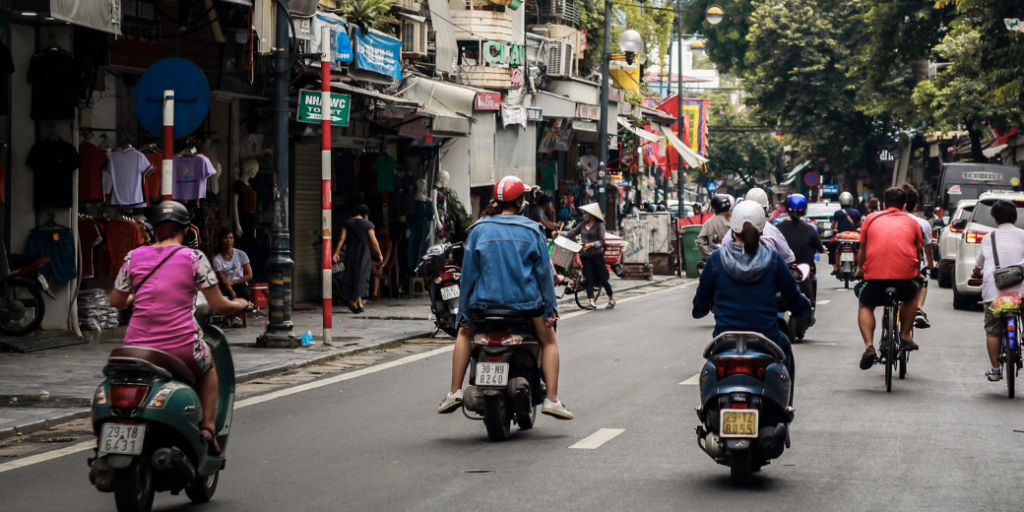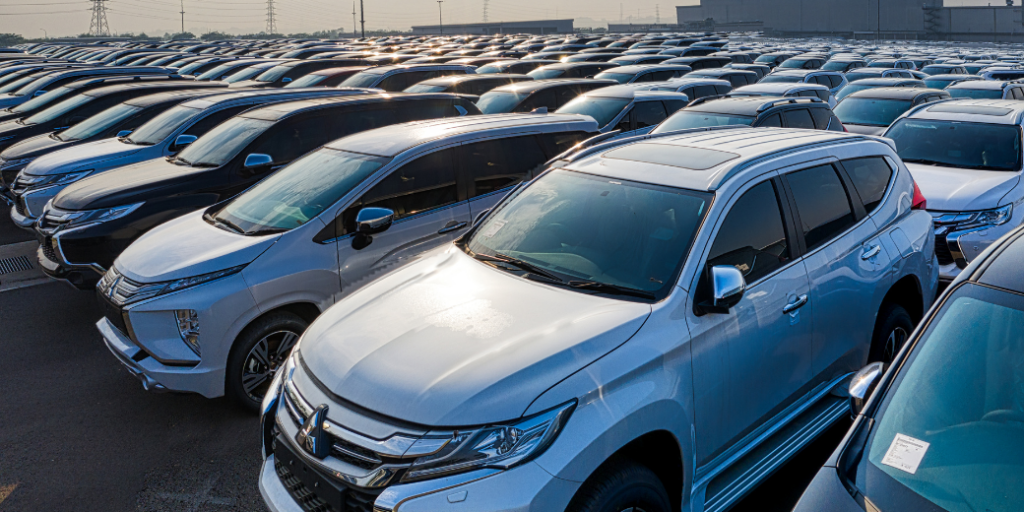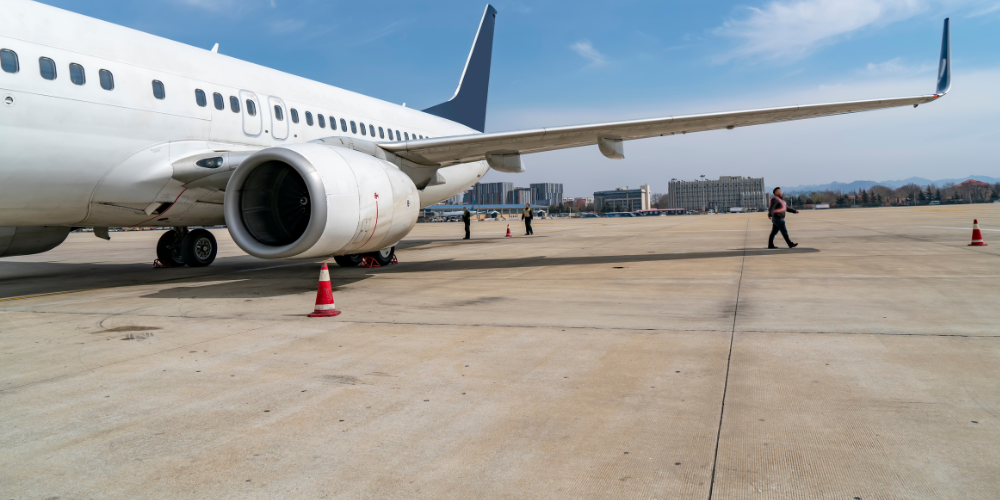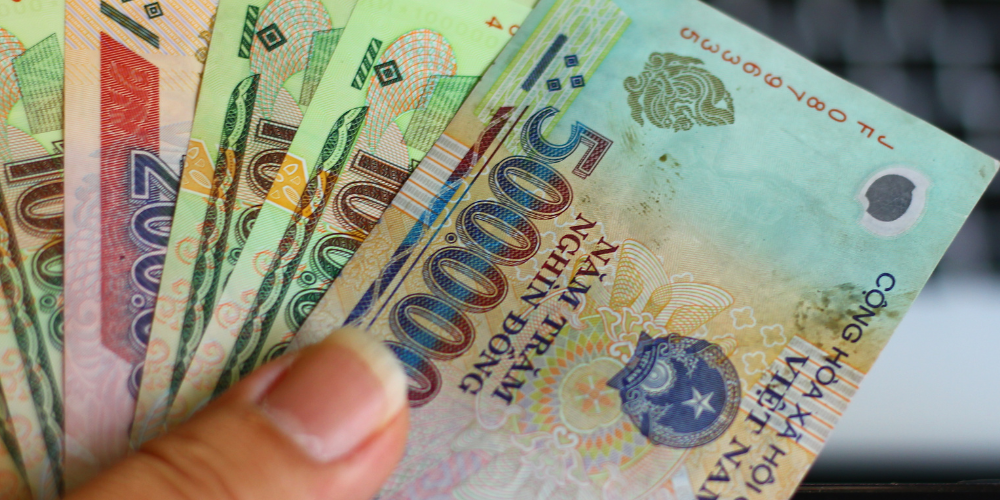Industry Reports
B2C Life Insurance Market in Key SEA Countries

Summary
Explore the evolving B2C life insurance market in SEA-4 as digitalisation, regulation, and unmet needs reshape growth in Malaysia, Thailand, and more.
Unmet Protection Needs Are Driving Market Redesign
| Underpenetration Sparks Innovation Across SEA-4
The life insurance markets of Malaysia, Thailand, Indonesia, and Vietnam—collectively referred to as SEA-4—are entering a phase of strategic transformation. Despite differing levels of maturity, all four markets share one core challenge: a persistent protection gap driven by low insurance penetration and density. In response, insurers and regulators are accelerating efforts to bridge this divide through innovation, regulation, and digitalisation.
Rising affluence and ageing populations are fuelling demand for long-term protection and wealth-linked policies. Meanwhile, medical inflation and heightened post-pandemic awareness are driving demand for comprehensive health cover and riders. Governments are promoting financial inclusion through microinsurance reforms and tightening solvency rules to strengthen long-term sector resilience.
Digital transformation is taking hold in uneven but significant ways across the region. Malaysia has opened the door for digital-native insurers, while other countries are enhancing incumbent capabilities through regulatory flexibility and ecosystem partnerships. At the same time, foreign players—particularly from Japan—are targeting high-growth SEA markets to offset stagnating domestic demand.
SEA-4’s Growth Story Is Defined by Diverging Market Paths
| Mature vs Emerging: Diverging Growth Paths in SEA
The SEA-4 life insurance markets are stratified between mature and emerging categories. Malaysia and Thailand are more developed, with established customer bases and regulatory frameworks that increasingly encourage digital transformation. Their growth, although steady, is largely driven by ageing demographics, increased health awareness, and product innovation.
In contrast, Indonesia and Vietnam are categorised as emerging hubs. Indonesia is experiencing robust momentum due to a growing population, increased digital adoption, and rising disposable incomes. Vietnam, while currently facing a downturn caused by bancassurance irregularities and macroeconomic challenges, is expected to rebound through regulatory reforms and product realignment.
In 2023, gross written premiums (GWP) reflected these divides: Malaysia (USD 14.6 billion) and Thailand (USD 14.3 billion) outpaced Indonesia (USD 10.6 billion) and Vietnam (USD 6.5 billion). Yet, each market is forecasted to grow modestly through 2028, suggesting structural headroom remains.
| Low Penetration, Lower Density: Untapped Market Remains Vast
Despite recent progress, SEA-4 countries lag significantly behind Asia-Pacific benchmarks in insurance penetration and density. Penetration, which measures premium as a share of GDP, remains well below the regional average of 3.9%. Insurance density—average premium per capita—is equally low, with large populations still financially vulnerable to health, education, and retirement shocks.
This creates a compelling opportunity for life insurers to develop tailored offerings that bridge this protection gap. Whether it is through investment-linked plans or rider-based health products, the potential to tap into unmet needs is substantial. Economic vulnerability across large informal segments also opens the door to scalable microinsurance products.
Source: Swiss Re | Global Data
Demographics and Health Trends Are Shaping Product Innovation
| Ageing Populations and New Wealth Are Reshaping Demand
The dual pressures of an ageing population and an expanding middle class are reshaping life insurance demand across SEA-4. By 2050, over 22% of the region’s population will be over 60, while middle-income households are projected to account for 70% of ASEAN’s population by 2030. These demographic shifts are catalysing demand for products that blend long-term protection with financial growth.
Older consumers are gravitating toward whole-life and annuity plans that offer guaranteed income and medical coverage. At the same time, younger middle-income earners are purchasing term-life and investment-linked products to protect dependents and build wealth. This broad-based uplift in demand across segments requires insurers to innovate both product features and distribution channels.
| Insurers Target Longevity With Age-Inclusive Policies
SEA insurers are rolling out increasingly age-inclusive policies to capture the “silver segment.” Products now often extend coverage up to 90 or even 99 years, with features such as no-claim premium discounts, ICU-triggered payouts, and guaranteed-issue terms requiring no medical checks.
Examples include Prudential’s PRUWell Medical and Syariah variants, AIA’s Future Care policy, and Muang Thai Life’s whole-life extensions—all designed to address both protection and legacy planning. This reflects a broader strategic pivot from generic offerings toward highly customised, health-integrated life cover that adapts with the policyholder’s age and medical risks.
| Medical Inflation Fuels Demand for Health-Focused Riders
Rising healthcare costs—exceeding 15% YoY in some SEA-4 markets—are driving up demand for health riders and standalone medical products. The post-pandemic period has made consumers more aware of long-term health expenses and has prompted regulators to raise age caps on mandatory insurance schemes.
In parallel, the growth of medical tourism and digital health platforms is normalising the idea of comprehensive health cover. While standalone health products are restricted in Vietnam and Thailand, insurers are circumventing this via bundled riders and hybrid products.
Source: United Nations | ASEAN Stats
Policy and Regulation Are Rewriting Competitive Playbooks
| Health Rider Restrictions Spur Bundled Product Creativity
Vietnam and Thailand impose regulatory constraints that prevent life insurers from selling standalone health policies. However, leading players have responded with innovative bundling and add-on riders. Bao Viet Life’s “An Khang Hạnh Phúc” plan and AIA’s Vitality programme are prime examples of this adaptive strategy.
In these cases, insurers merge life and health benefits into integrated offerings or tailor riders to support daily cash needs and specific illnesses. These creative structures allow them to comply with regulations while still addressing consumer demands.
| Microinsurance Emerges as a Financial Inclusion Vehicle
SEA-4 regulators are promoting microinsurance to improve financial inclusion among underserved populations. Malaysia leads with its Perlindungan Tenang framework, while Indonesia and Vietnam have recently implemented supportive policies. Thailand remains behind, focusing more on general (non-life) microinsurance.
These schemes provide low-premium, limited-coverage policies—often covering term life, accident, or hospitalisation events. The dual appeal lies in CSR positioning and the ability to cross-sell to new markets. For example, Malaysia’s MikroSayang plan and Indonesia’s Asuransi Mikro products show significant traction in expanding insurer reach.
| Stricter Capital Rules Prompt Strategic Recalibrations
The transition to risk-based capital (RBC2) frameworks and adoption of IFRS 17 is transforming the financial structure of SEA life insurers. Thailand leads with its mature RBC2 regime, while Malaysia and Indonesia are progressing toward implementation. These changes increase capital charges on less-liquid assets and require enhanced disclosure of insurance liabilities.
As solvency rules tighten, insurers are being forced to reassess product profitability, asset allocation, and long-term pricing. This regulatory shift supports financial stability but also demands significant recalibration.
Digital Innovation Defines the Next Competitive Frontier
| Digital Regulation Shapes Divergent Market Pathways
Malaysia stands out with its Digital Insurers and Takaful Operators (DITO) licensing framework, which permits fully digital entrants. In contrast, Thailand, Indonesia, and Vietnam are focused on enhancing digital distribution for incumbents.
Digital tools—ranging from apps like GOprotect and PRUOnline to partnerships with telcos and fintechs—are reshaping customer acquisition and servicing. For instance, Muang Thai Life’s collaboration with True Digital enables seamless health consultations and claims via mobile.
| Vietnam’s Bancassurance Crackdown Spurs Product-Led Growth
Vietnam’s new law banning the bundling of insurance with bank loans marks a significant regulatory shift. Bancassurance previously accounted for 20% of life insurance premiums, and the ban has led to a notable contraction in sales.
However, this also incentivises insurers to innovate around product value and customer choice. Exclusive partnerships—such as Generali’s deal with PVcomBank—still exist, but now require greater transparency and standalone appeal.
Foreign Players Are Targeting SEA-4 for Growth Diversification
| Japanese Insurers Double Down on Indonesia and Thailand
Facing stagnation at home, Japanese life insurers are actively investing in SEA markets. With Japan’s population ageing and life insurance penetration at 6.8%, firms like Dai-ichi Life, Meiji Yasuda, and Sumitomo Life are targeting younger, underserved demographics in Indonesia and Thailand.
Their strategies vary—ranging from full ownership to joint ventures and strategic minority stakes. These moves align with the growth of middle-income households and rising protection demand.
Source: Meiij Yasuda | Dai-ichi Life | Sumitomo Life |Mitsui Sumitomo | Nippon Life
| Speeda Empowers Strategic Clarity in SEA Insurance Markets
The SEA-4 life insurance market is evolving rapidly amid shifting demographics, regulatory reforms, and digital disruption. Stakeholders face increasing complexity in market sizing, product planning, competitor tracking, and compliance.
Speeda addresses these challenges through its integrated platform, combining the region’s broadest coverage of 11 million private company data, 3,000+ industry reports, regulatory summaries, and customised research services. Whether identifying strategic gaps or supporting digital transformation, Speeda enables users to make informed, timely decisions in Southeast Asia’s dynamic insurance landscape.
To explore how Speeda can support your next move, explore more via a free trial.
